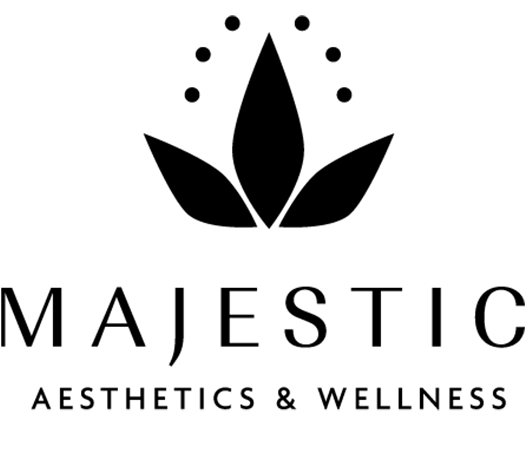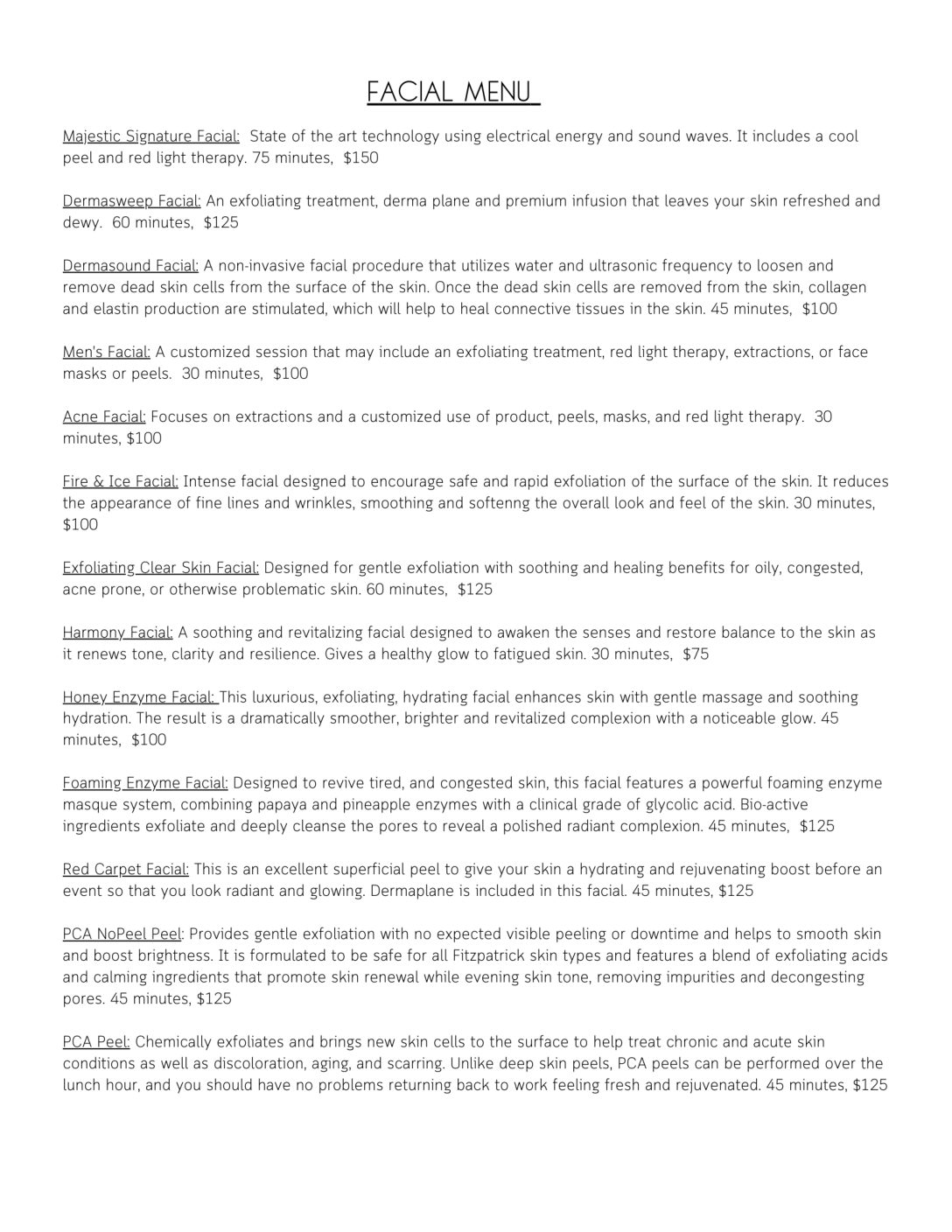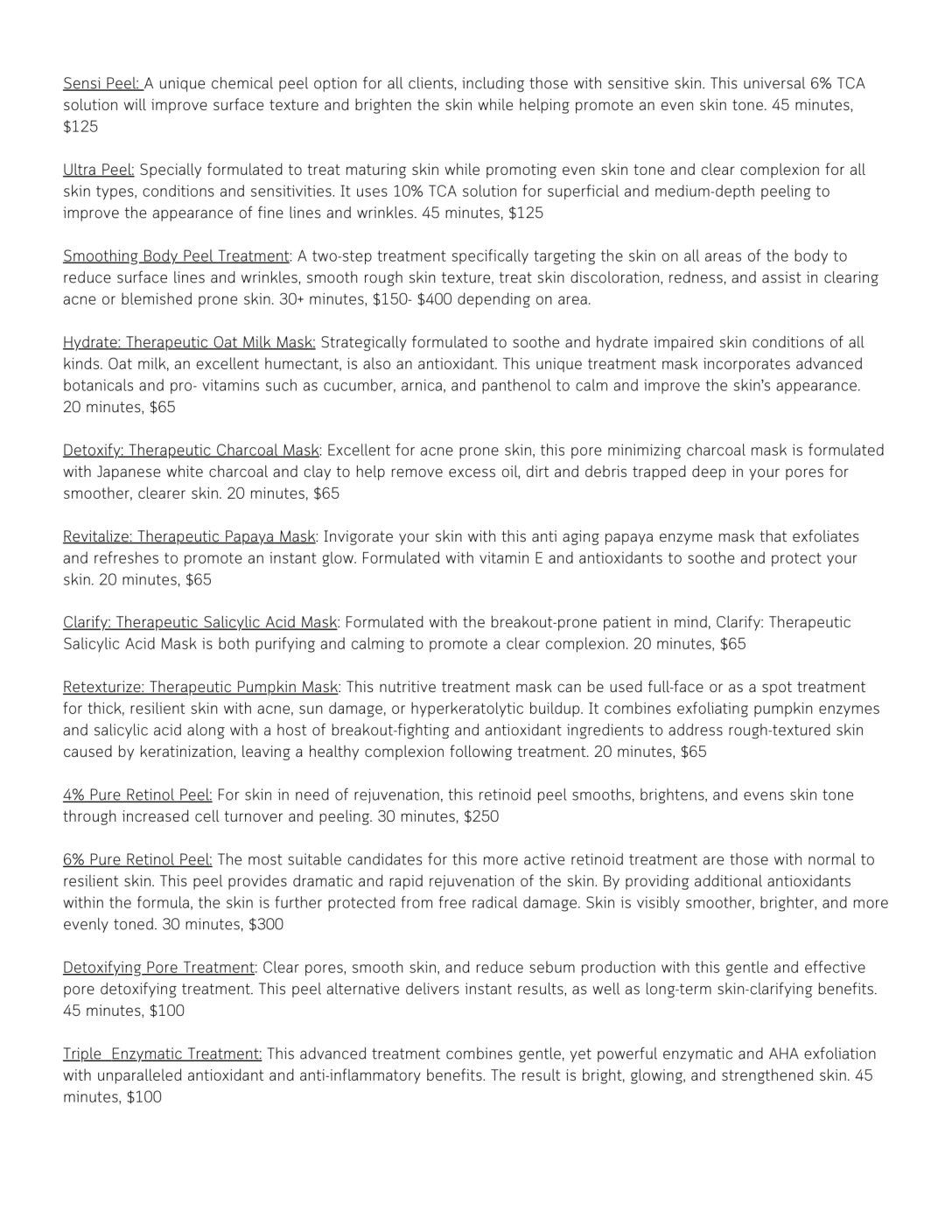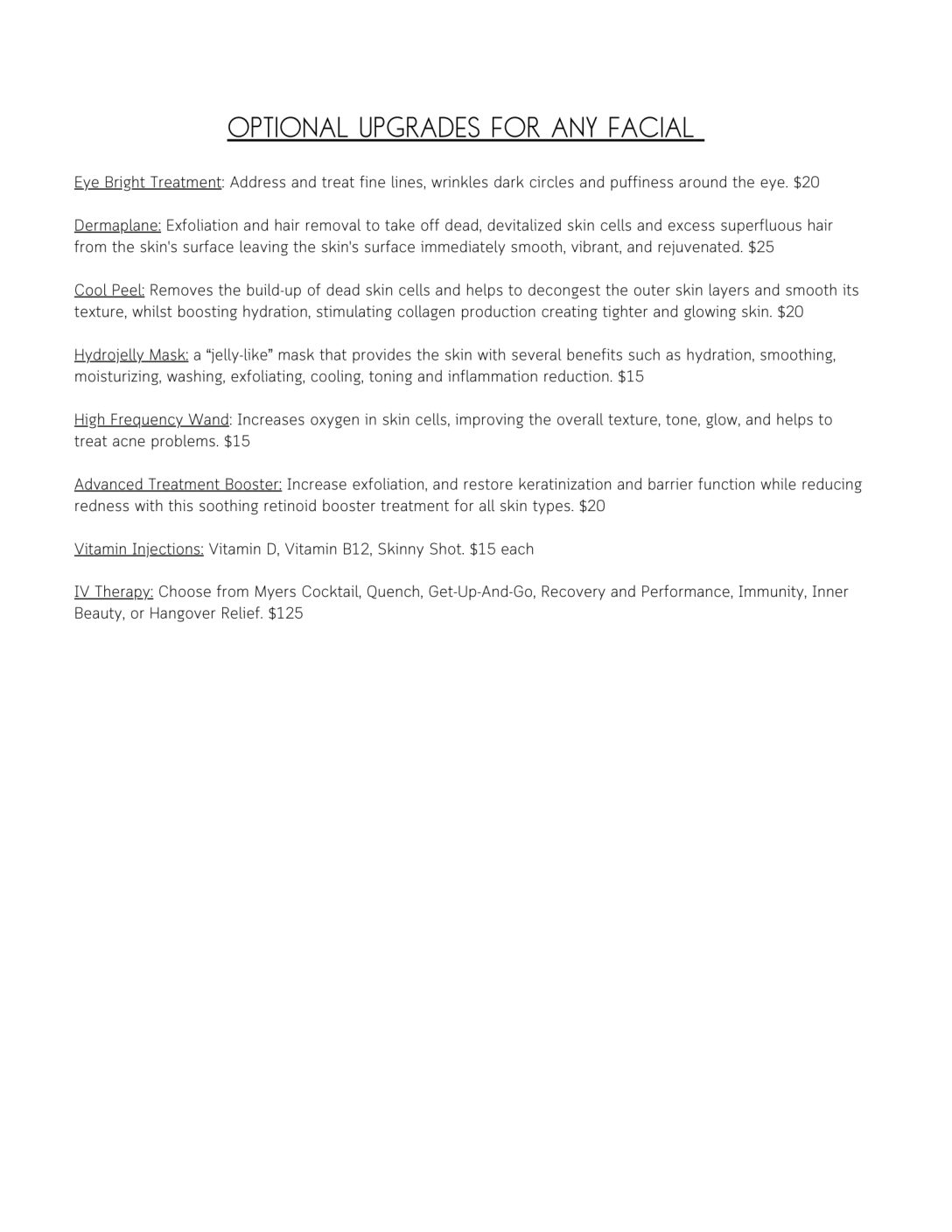Alpha hydroxy acids were touted in the early 1990’s as the most effective way to rejuvenate your skin, but now experts claim that the so-called “fruit acids” may actually make you older. A recent report says that anti-wrinkle creams containing alpha hydroxy acids can accelerate the skin’s ageing process by reducing its natural protection from the sun.
The acids, derived from ingredients such as milk and fruit, peel off the outer layer of the skin, diminishing lines and blemishes. But a study sponsored by the US cosmetics industry has indicated that these products may make user more sensitive to sunlight, and especially to ultra-violet radiation, which can damage the skin and at high doses, especially over a long period, can cause skin cancer. However, studies have also indicated that – at least in the case of glycolic acid, the AHA most commonly used is cosmetics – changes tend to be reversible after stopping use.
The agency has cautioned consumers using these products to avoid exposure to the sun, or to use protection – creams with a protection factor of at least 15.
Ingredient terms indicating the presence of these acids: glycolic acid, lactic acid, mixed fruit acid, and sugar cane extract. The head of the Medicines Control Council Dr. Helen Rees said: “Cosmetics are not regulated in the same way that medicines are. But clearly if something is shown to be harmful it would need to be investigated”.
The AHA’s are now made by almost all of the great cosmetic houses and are sold in milder forms over the counter or in high doses as specialty ranges used by many skin care therapists. One needs to have some caution when buying an AHA product:
- first of all don’t believe that every preparation has an effective dose of AHA’s,
- secondly, don’t believe that only high doses are
I believe that AHA’s are an important series of chemicals that need to be used with care and wisdom. My most important message from Environâ is that AHA’s must be used in conjunction with effective vitamin A topical nutrition.
Many AHA effects are similar in appearance to vitamin A effects but AHA’s are not an alternative to vitamin A. Vitamin A works on DNA whereas AHA’s work at other, as yet undetermined sites, (but not on DNA). The fact that they work in two different areas is a good reason for combining them to get the best effects.
- One of the most visible and rapid effects is smoothening of the skin surface caused by an acid pH induced removal of the outer layer of the epidermis. AHA’s are very active in breaking down the glue that holds together the dead
cells of the surface of the skin and this facilitates shedding of the outer layers of the stratum corneum. This action can smoothen skin in short periods but long-term use may cause the skin to suffer. The horny layer is our primary defence against the environment; it is the most important natural protection against UV light in lighter skinned people. Melanin in lighter skinned people is not as effective as a healthy horny layer. Most important, the very chemicals in the horny layer that are broken down by the AHA’s are also the chemicals that provide the natural water-proofing layer of the epidermis.
Once this layer is penetrated or removed, then the deeper layers of the skin are vulnerable to the environment. I have seen that the repetitive removal of the outer layers of this essential horny layer by prolonged use of AHA soaps, creams and gels, definitely leads to unhealthy, dry skin. All the AHA’s have this effect if they are used at a pH of below about 3.5.
- The AHA’s penetrate into the sebaceous follicle where the build-up of dead cells is associated with acne conditions. The AHA’s remove dead cells, thereby “un-blocking” the follicle and preventing a build-up.
- AHA’s promote growing skin cells probably by irritation and not by metabolic They do seem to promote healthier cells and maybe unhealthy cells are more susceptible to acid and are selectively removed while the healthier cells resist the acid and they multiply and take the place of the unhealthy cells.
- AHA’s first gained attention because they promote hydration of the skin by increased deposition of glycosoaminoglycans. The improved moisturisation makes wrinkles less obvious. paradoxically, prolonged use of AHA’s may aggravate dry skin.
- AHA’s have been shown to be weak antioxidants and are also weak UV-B absorbers (equivalent to about SPF 2 maximum) however, we have to remember that the stratum corneum always becomes thinner, so the skin is more vulnerable to UV
- In many cases, irregular pigmentation of the skin can be diminished but this effect may not be as strong as with vitamin A.
- Some AHA’s have metabolic effects (such as stimulation of unspecified enzyme processes). The most important is Lactic acid, which is an important integral part of many metabolic systems that maintain normal healthy skin
Question 1 Which combinations of AHA’s are best for skin care, and which AHA’s are used in Environâ products.
In line with the generally accepted view of various research workers, Environâ believes that optimal effects can be achieved with glycolic acid and Lactic acid. We use this combination to produce smoothening of skin and improved hydration. Broadly speaking we depend on Glycolic acid for the smoothening of the skin and on Lactic acid for the improved moisturisation.
Glycolic acid is favoured because its small size reputedly allows easy penetration of the skin. It is also the most extensively studied AHA. Recent research work has shown that glycolic acid has effects on the fibroblast cells of the dermis and may promote the production of hydroxyproline, which is essential for collagen formation.
Lactic acid has similar surface effects to glycolic acid and is only slightly larger molecule. Lactic acid is an important part of our skin, hair, blood, muscles and other organs. In fact we manufacture about 120 grams of lactic acid every day!
- Lactic acid is found in two forms: L(+) lactic acid, which is the natural human form of lactic acid.
- D(-) lactic acid, which is a mirror image of the natural lactic acid. Synthetic lactic acid consists of a mixture of L(+) and D(-) lactic
- It is important to understand that natural lactic acid is metabolised faster by cells and when used on the skin it causes less irritation but softens hard hyperkeratotic skin better and faster. When one examines the effects of lactic acid on ceramide production then D(-) lactic acid has minimal effects, synthetic lactic acid has moderate effects and natural L(+) lactic acid has very impressive effects at the same dose. This is important because the ceramides help in making the skin more flexible, and improve the stratum corneum barrier function. The increase in ceramides is moreover important in treating dry skin in winter when the natural level of ceramides
- Natural lactic acid stings less than synthetic lactic acid and significantly less than glycolic acid. Why this is so is not
- In a 1996 study of the therapeutic value of L(+) lactic acid compared to D(-) lactic acid, glycolic, malic and citric acid, L(+) lactic acid was significantly better than the
- Natural lactic acid has an important function in reducing pigmentation by suppressing the formation of tyrosinase. It works well with other tyrosinase inhibitors like vitamin
- It is also an anti-microbial and as such is a natural
In short, natural lactic acid is used by Environâ for these special properties.
- It is a powerful
- Lactic acid is an important and major part of the natural moisturising
- It produces all the typical advantages of AHA’s.
- It assists in maintaining the natural acid
- Lactic acid is an important skin-lightening
- It is safe even to eat and has no negative impact on the
Now for the big surprise: the purest form of natural lactic acid is best derived from fermented sugar! ENVIRONâ uses only the highest grade natural lactic acid from the worlds’ foremost producer in Spain.
Question 2 The concentrations and pH. Balancing Benefit with Safety
AHA’s come in a variety of strengths and pH levels. The lower the pH, the more effective the AHA is but it is also more corrosive. The higher the pH is, the safer the product becomes, however, at pH over 5 – 6 there is minimal detectable improvement in skin. For skin care preparations at about pH 3.5 we can give effective AHA activity with safety.
Environâ believes that the AHA’s should not only have various strengths to accommodate the different types of skin, but should also be available either as a solution, cream or a gel formulation. Some people only need a low level of AHA to get effects whereas in others higher levels of AHA’s are required.
The solution can be very active and high doses are not necessary. The gel formulation is more bio-available and more active than cream formulations. The Environâ AHA range starts with a 3% liquid toner, and then we offer a 4% cream, a 10% liquid toner, a 10% cream and Gel at pH between 3.0 and 3.5.
Use AHA’s with the following understanding:
- Transient stinging almost always occurs when they are This is normal and is not a reason for concern.
- Start on a low level to get effects without irritation of the skin. After an interval of weeks or months, the skin will tolerate a higher dose if it is
- Always combine AHA with vitamin A products like the Environâ Original
Question 3 Preparations for Peeling by BT
Environâ has pioneered the use of lower dose AHA peeling preparations with the following important points:
- Instead of being thin fluids, Environâ peeling products are either thick gels, which dry slowly, or thick cream
- One can see exactly where the product has been
- The thickness of the application can
- The length of time that the acid is left on the skin can be varied: by applying a 10% AHA at pH
- Each product comes in a variety of strengths ranging from 5%, 10%, 20% and in some cases 30%.
6.
For peeling the pH should be below 2.5 and the concentration greater than 10%. Environâ has specifically addressed this particular topic and has created a peeling product (GLY-PAMGEL) that works at 10% concentration and pH between 3 and 3.5.
Question 4 The Indications for AHA
Before and After photos: Use Pat for photoageing and Izelle for acne
The CTFA of USA has published an interim report on the safety of AHA’s and has reported that they are safe as cosmetics provided sensible care is taken against excessive sun exposure.
AHA’s should be seen as a means to an end but not as a practice to be used daily. It should eventually be used as a “booster” every now and again. There are some people who can use AHA’s for prolonged periods but there are probably many more who benefit most from using the AHA’s as “treatment” spells. Some people use the AHA’s periodically in the week. Remember that AHA’s are valuable and should be used sensibly.
vitamin A is the essential vitamin for healthy skin.
We believe that the combination of vitamin A in its less aggressive forms, with the AHA’s probably form the most important ingredients in skin-care and are the most effective way to control ageing skin and acne. These two important ingredients, however, cannot be presented in the same cream without sacrificing the activity of one or the other group. Vitamin A is destroyed at the pH that is required for AHA activity. The AHA’s don’t work at the pH that safeguards the vitamin A.
SENSITIVE SKIN AND AHA’s
AHA’s are usually well tolerated by people with sensitive skins and in people who seem to react to other creams. They are very useful in acne because they increase the acidity of the skin, reduce the build-up of the horny layer which clogs the ducts of the sebaceous glands and remove plugs whiteheads /blackheads.
AHA’s can be used in people with couperose (broken veins) and rosacea.
AHA’s BEST EFFECTS IN CONJUNCTION WITH VITAMIN A
ENVIRONâ clinical trials have shown that improvement of the skin is more reliable and faster when the essential vitamins are used in conjunction with vitamin A. Other studies have confirmed that the skin is thicker when combination therapy is used. There is a belief that the AHA’s facilitate the absorption of the vitamins by dissolving the glue between the horny layer cells. By “dissolving the glue the vitamins are transported through the horny layer into the spiny layer. Once in the spiny layer, the vitamins can easily get to the depths of the skin. An important point found in the ENVIRONâ trials was that people who have a pronounced reaction to vitamin A can be rendered more tolerant to vitamin A by pre-treating the skin with AHA’s. In these cases the subjects were asked to use the Alpha Cream Mild or the Alpha Toner Mild for a week or two before starting either the Original Moisturising Gel or the Original Mild Cream.
People’s skins are different. Some skins will respond to rather low doses whereas others require much higher concentrations.
ENVIRONâ Alpha products are available in a variety of preparations of different strengths so that people can modulate their treatment according to their skin.
We believe that there is little sense in making cleansers or shampoos with AHA’s because they are “wash-off” products and need to have rather high concentrations to be effective. Generally, the inclusion of AHA’s is used as a marketing tool rather than a cosmeceutic agent for skin.
The Alpha Toner is in two strengths: weak and strong, and each product may be modified by using the toner neat on a cotton wool swab, or the swab could be dampened with water to dilute the strength when applying. For stronger results use the toner neat. The Alpha Cream is also formulated in two strengths: weak and strong to accommodate various skins. A gel preparation is more active and can give effects equal to even stronger creams.
ENVIRONâ are proud to have both vitamin A and AHA’s in their cosmetic preparations. They form the mainstay of modern, effective skin-care regimes and it is shortsighted to focus on the one and neglect the other.
AHA’s are really useful when used in moderation and as “treatment spells”. Do not torture skin into looking smooth! Gently and physiologically encourage skin to be healthy!






